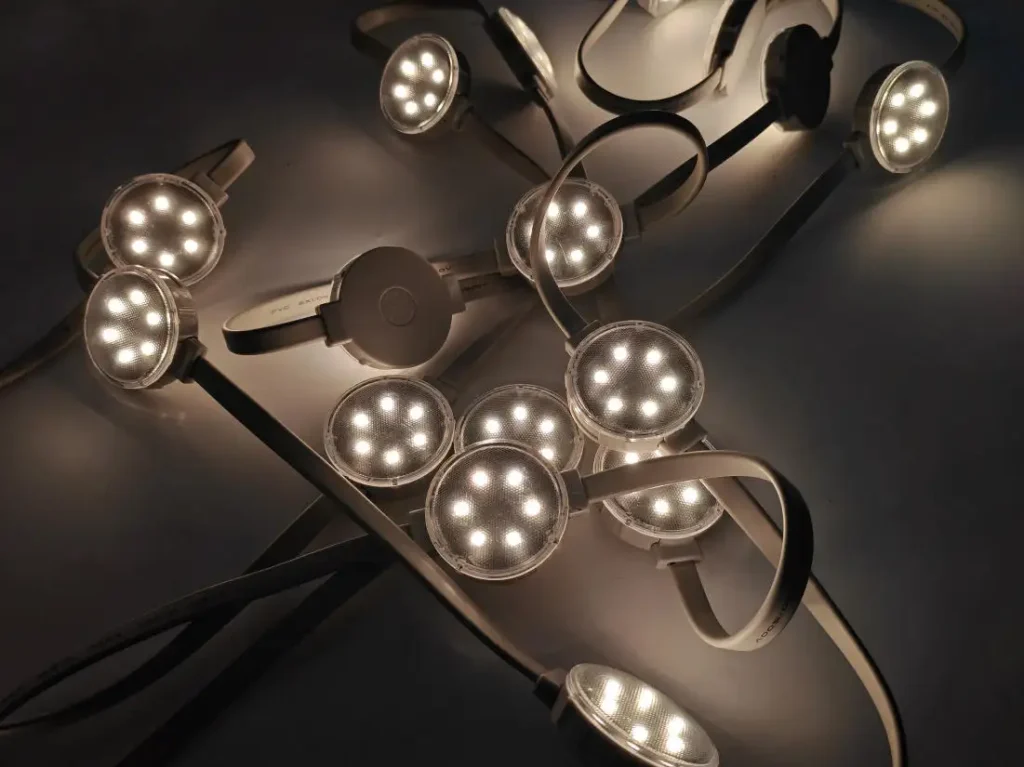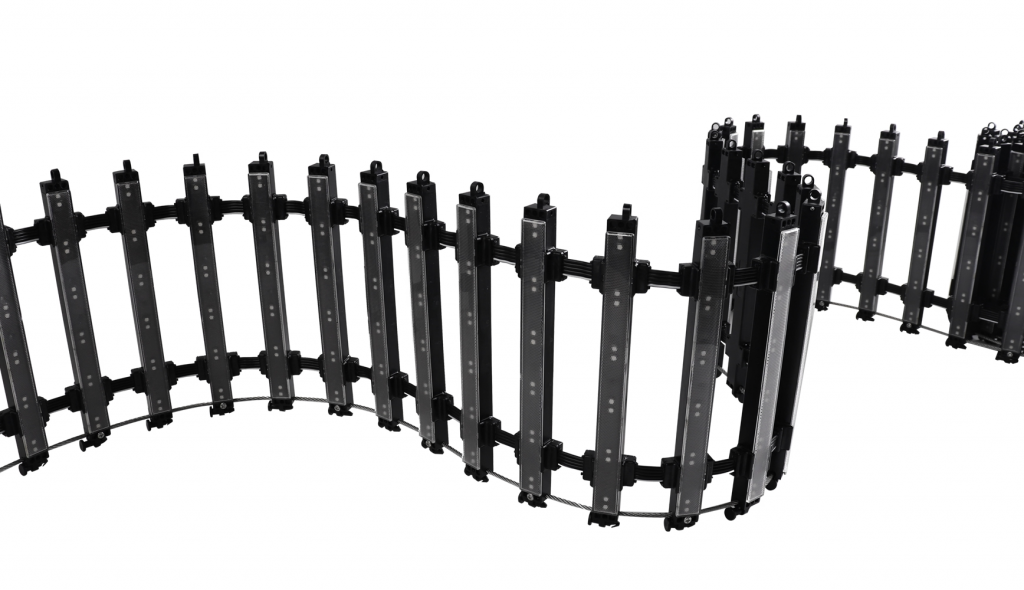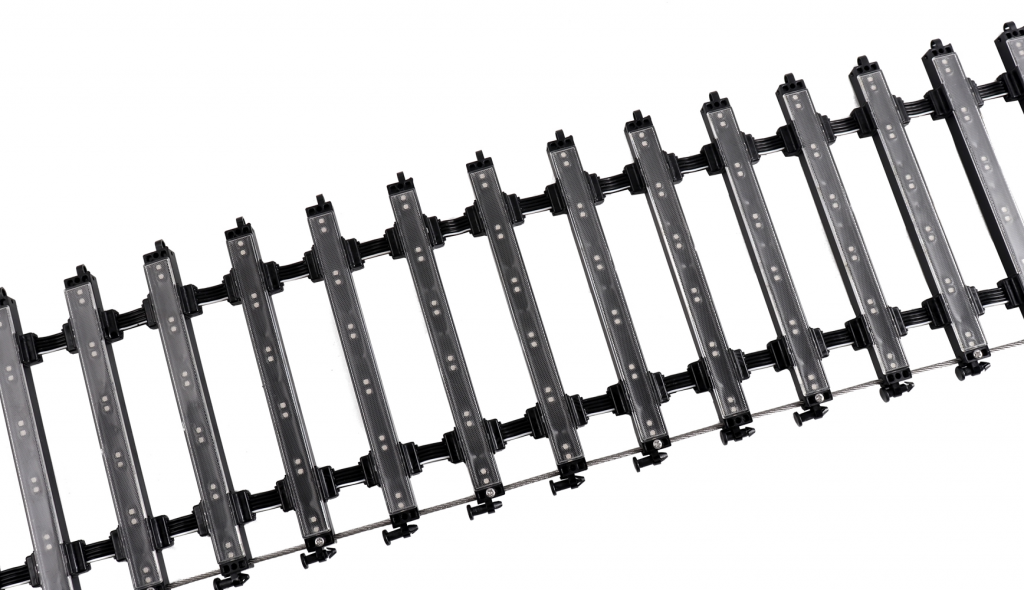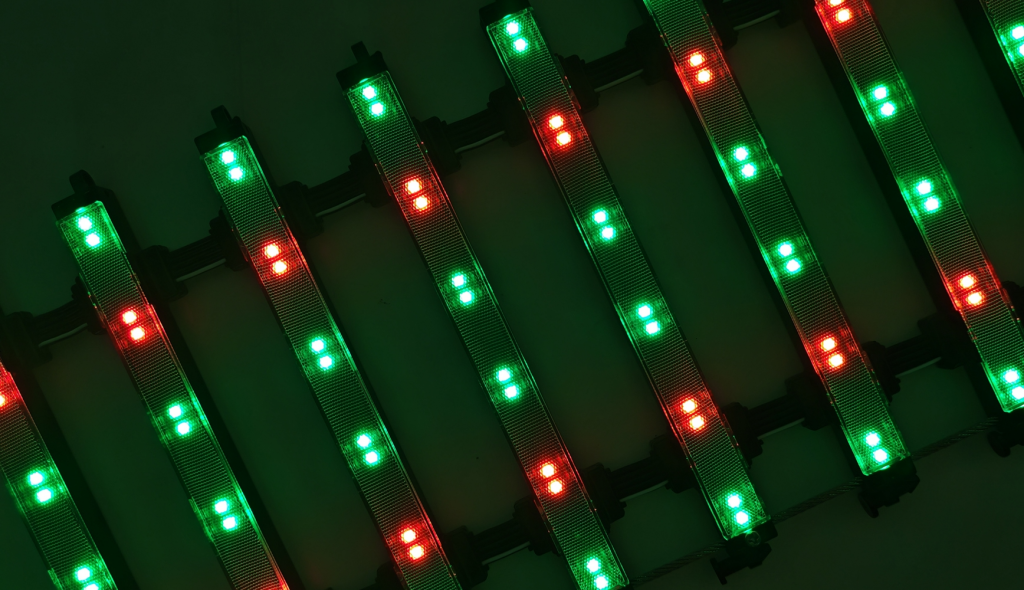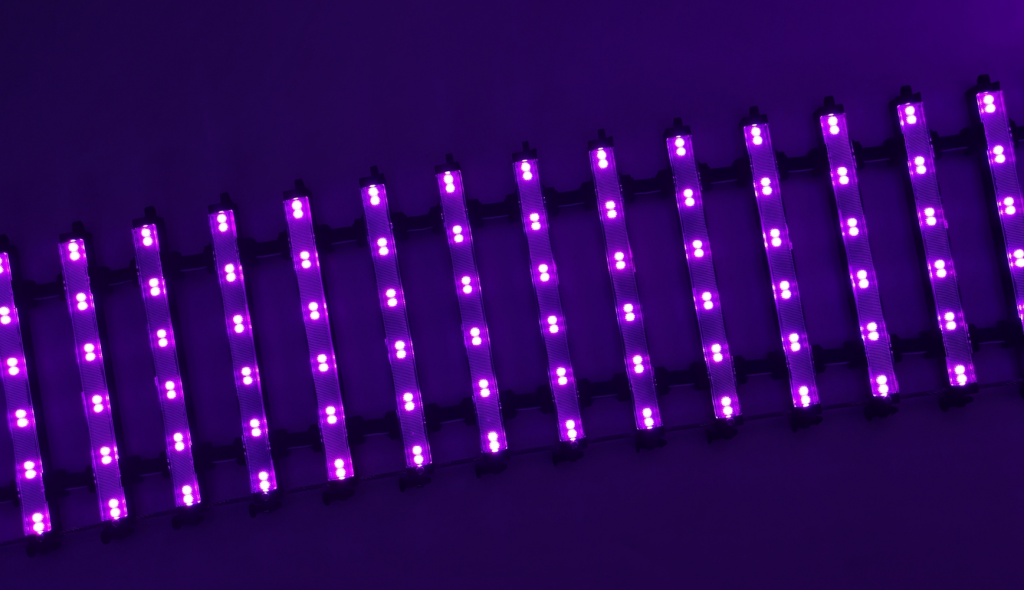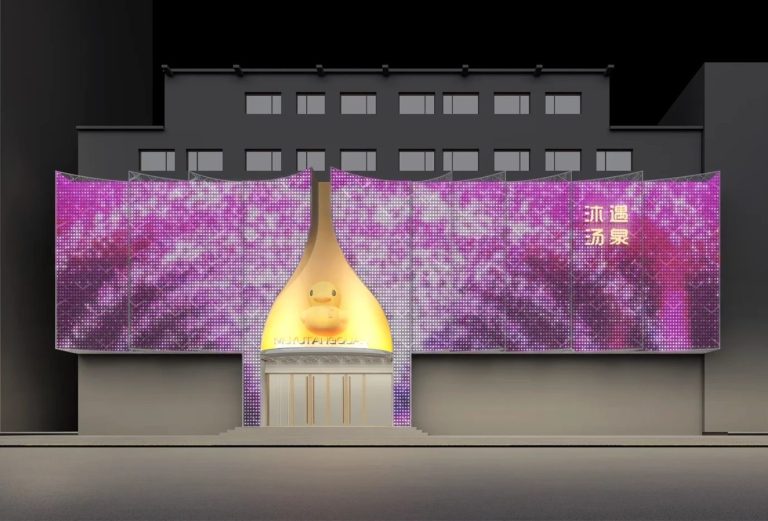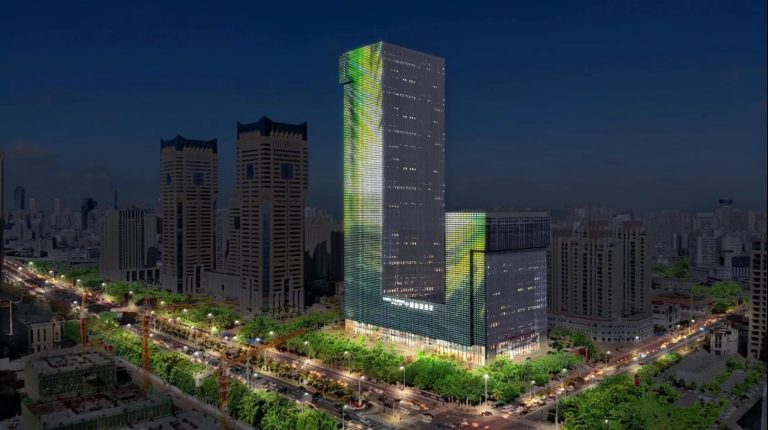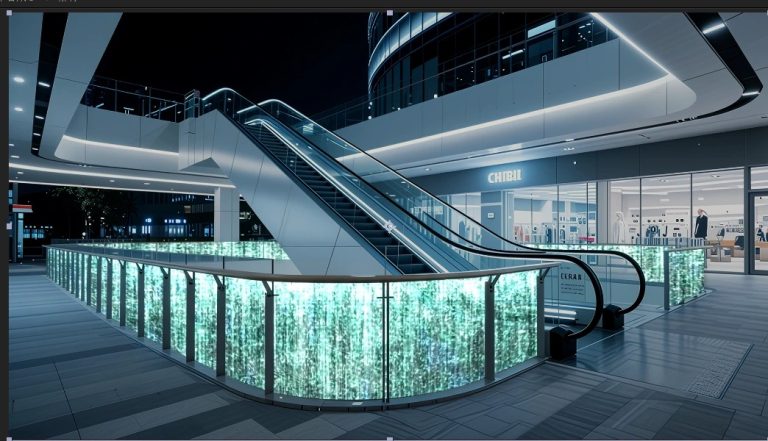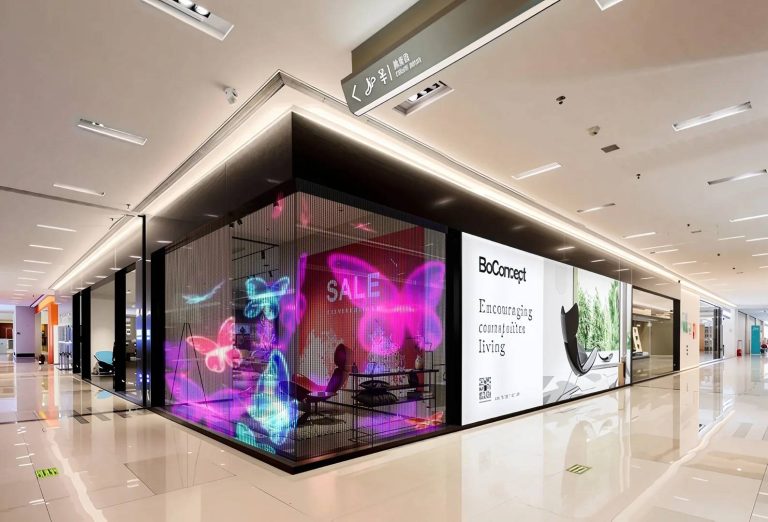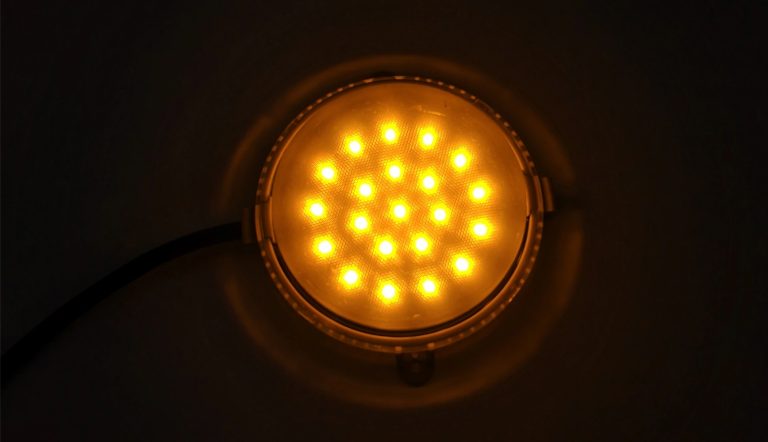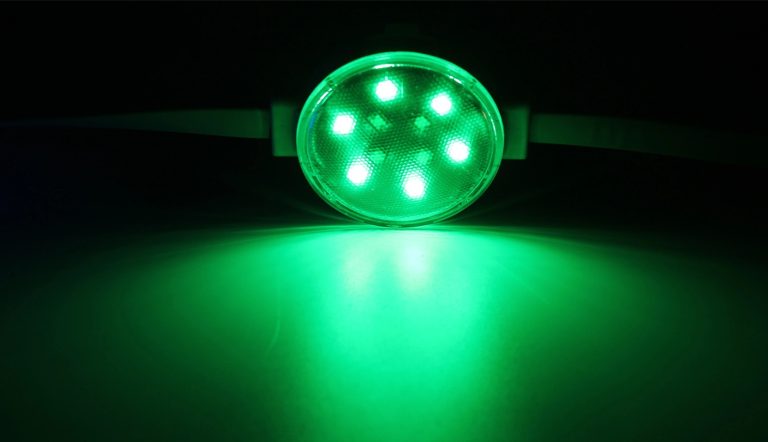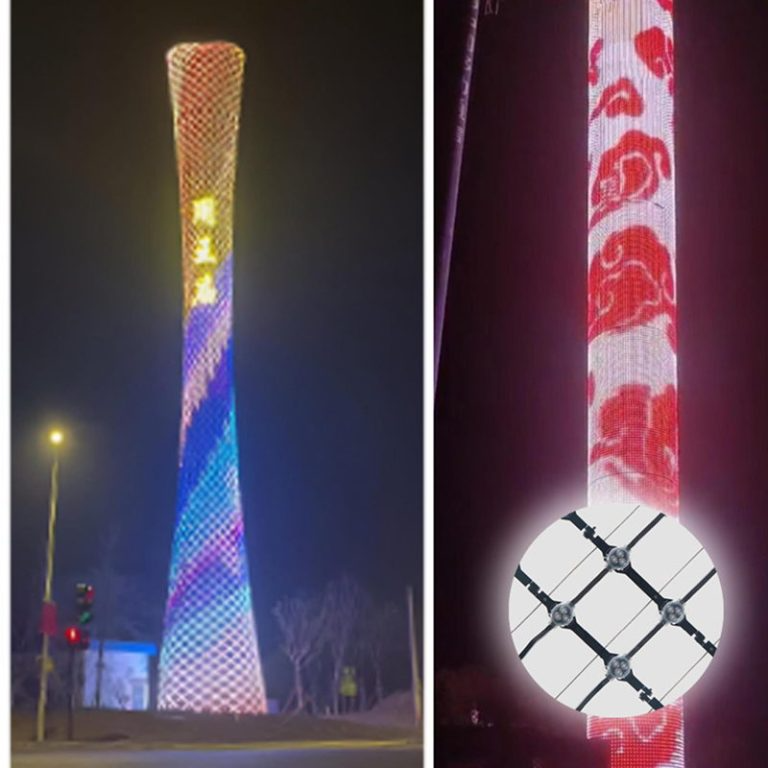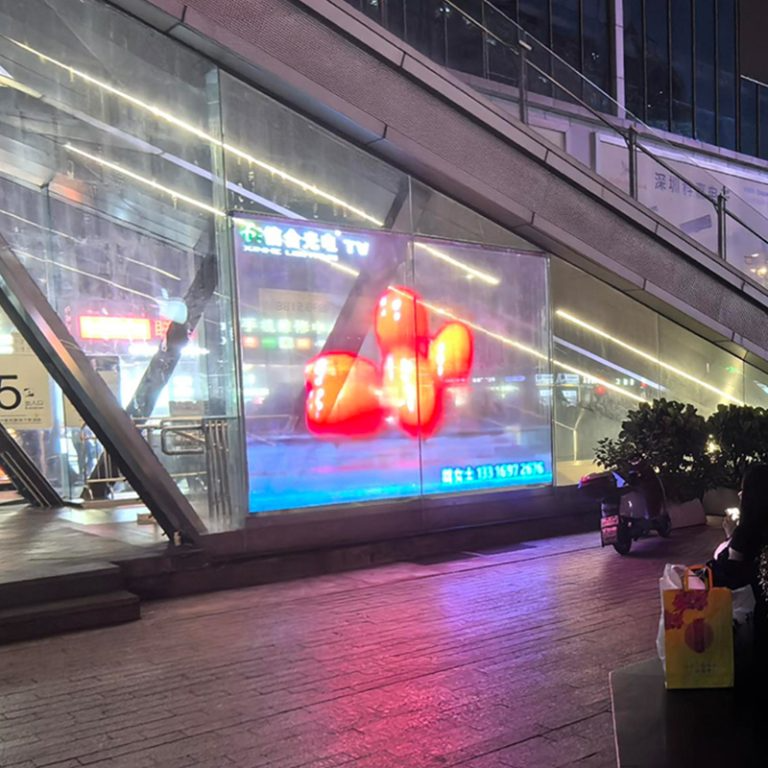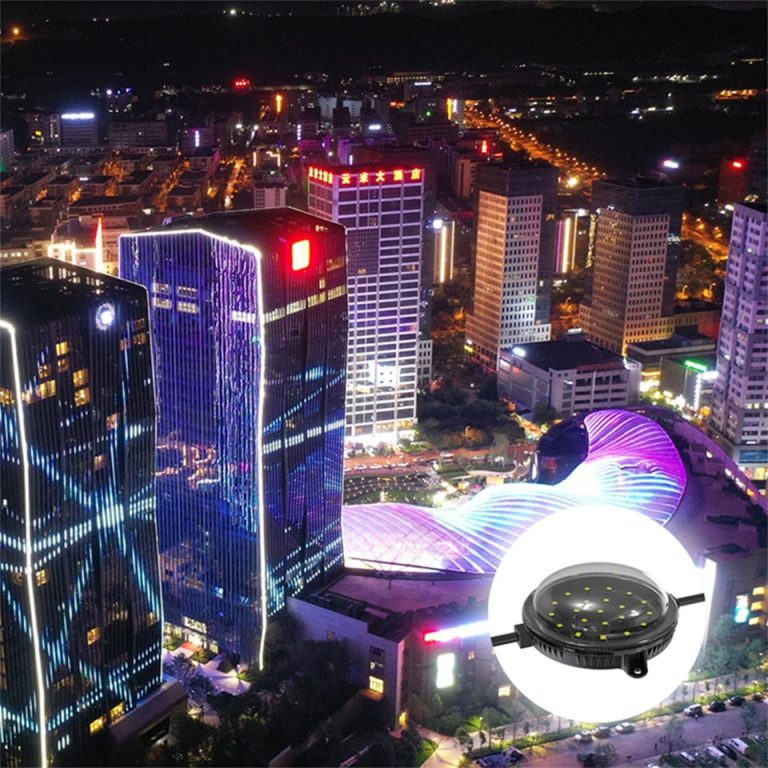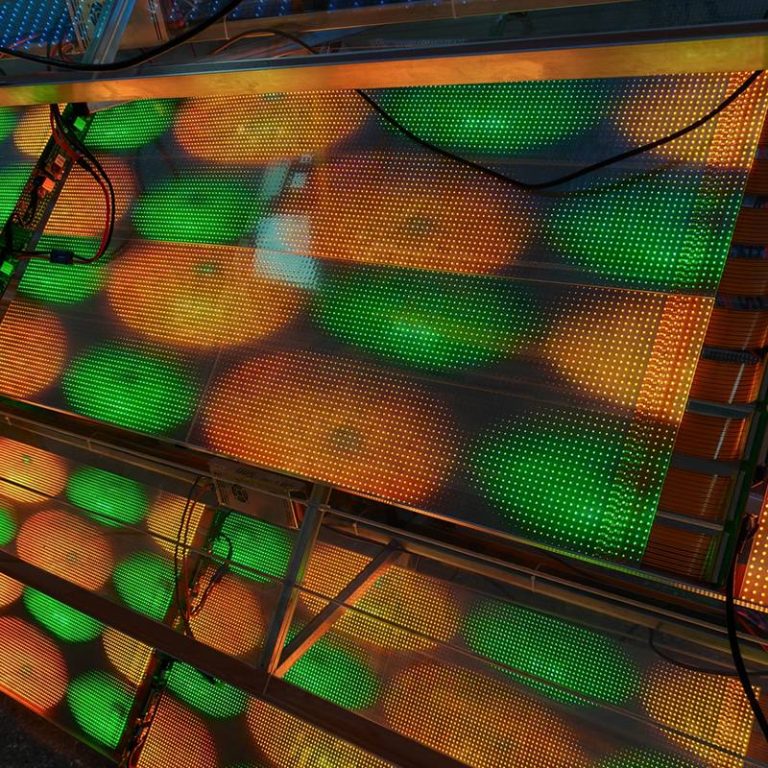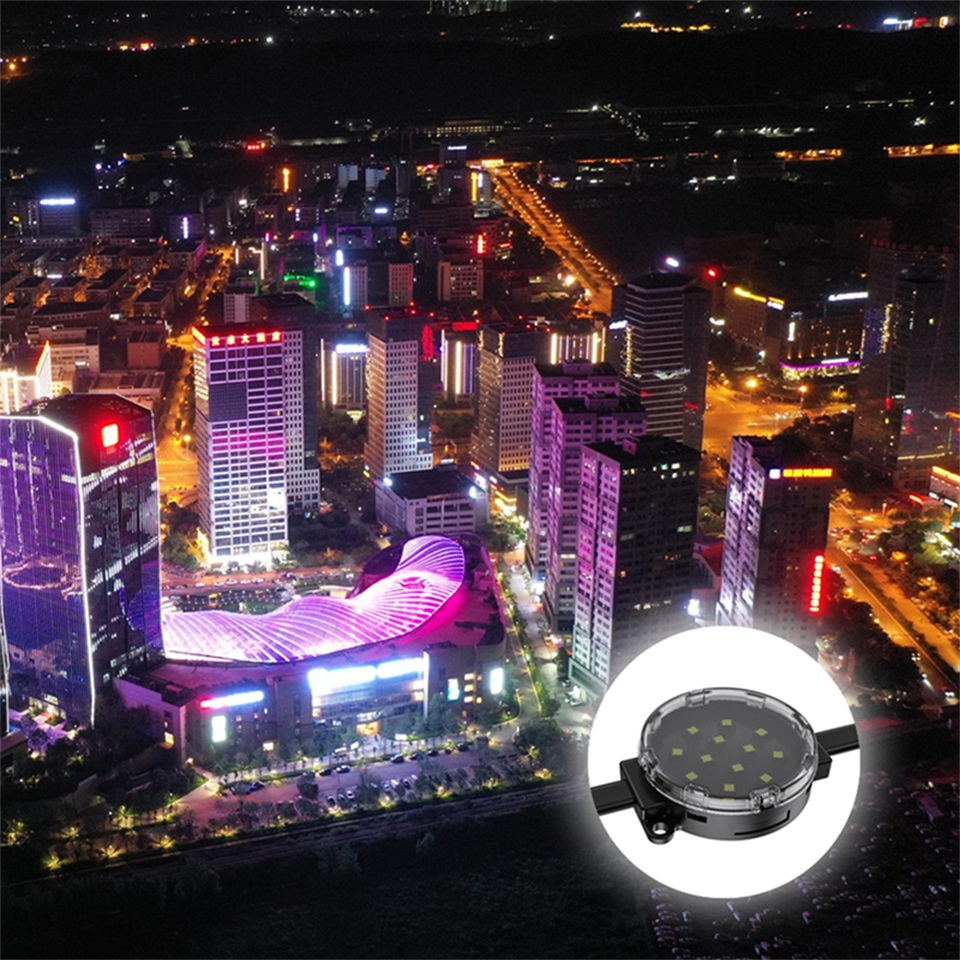
Hey there, if you’re like me, you’ve probably walked past a glowing building at night and wondered what makes it pop so vividly without sucking up a ton of power. That’s where single point LED lights come in—they’re changing the game in lighting. In this post, we’ll dive into why these little powerhouses are set to dominate efficient lighting. We’ll cover the basics, the perks, how they stack up against old-school options, and even some real-life stories from the field. Stick around; you might just find the spark for your next project.
What Exactly is a Single Point LED Light?
Single point LED light. Sounds simple, right? But it’s more than just a bulb. Think of it as a tiny, focused source of light that packs a punch in one spot. Unlike those spread-out fluorescent tubes or bulky incandescents, a single point LED is basically a small diode that emits light from a single point—hence the name.
These lights often come in setups like point light sources or pixel lights, where each unit acts independently. For instance, in outdoor displays, they’re dotted across surfaces to create patterns or animations. From what I’ve seen in projects, they’re usually waterproof, with ratings like IP67, meaning they can handle rain, dust, you name it. And the colors? Pure and stable, thanks to high-quality beads from brands like Epistar or Cree—wait, actually, in some docs I’ve read, it’s Jingyuan and Kerui chips that shine for their low light decay.
But here’s a fun bit: I once chatted with an installer who said these lights remind him of stars in the sky—each one independent but together they form constellations. Kinda poetic for tech, huh? Anyway, they’re built tough, often with PC materials that resist UV and impacts.
The Big Benefits of Switching to Single Point LED Lights
Why bother with single point LED lights when you’ve got cheaper options? Well, let’s break it down. These aren’t just brighter; they’re smarter about energy and last longer. I’ve worked on enough lighting gigs to know that the upfront cost pays off quick.
Energy Savings That Add Up
First off, energy efficiency is huge. A typical single point LED might run on DC12V or 24V, pulling just 3-4W per unit. Compare that to old halogens guzzling 50W for similar brightness. In a big setup, like a building facade with hundreds of points, you’re looking at savings of 70-80% on power bills. Numbers from industry reports back this—LEDs convert more electricity to light, less to heat.
Picture this: A mall in Shenzhen lit up their glass curtain wall with these. Before, their monthly electric bill was through the roof. After? Dropped by half. And with features like low static power consumption (we’re talking μA levels), they sip energy even when idle. It’s not just green; it’s wallet-friendly.
They Last Forever (Well, Almost)
Durability? These things are beasts. Average lifespan over 30,000 hours— that’s years of use without flickering out. No more climbing ladders every few months to swap bulbs. They’ve got self-test features on power-up to avoid those annoying flashes or constant-on issues.
In harsh spots, like bridges or urban streets, they hold up against wind, rain, and even salt spray. One project I heard about involved a high-rise where traditional lights failed after a storm. The single point LEDs? Still shining bright. Plus, with distributed heat dissipation tech, they don’t overheat and burn out early.
Versatility for Any Setup
What I love most is how flexible they are. Mount them on curves, straight surfaces, even glass without frames. Indoor or outdoor, from elevators to exhibition halls. They’re perfect for creating effects like animations or virtual reality integrations—think VR, AR, or metaverse vibes.
And splicing? Unlimited. Cut, fold, whatever. In cultural tourism spots, they’ve turned plain guardrails into glowing art. Or in hotels, they add that tech-savvy glow without blocking views—transparency up to 95% in some models.
- Brightness Options:Up to 6000cd/m² for daytime visibility.
- Control Smarts:WiFi remote, cluster control, even human-screen interactions.
- Custom Fits:Arbitrary shapes for odd architectures.
Sure, they’re not perfect—sometimes wiring can be a hassle if you’re not planned—but the pros outweigh that by miles.
How Do Single Point LED Lights Actually Work?
Alright, let’s get a bit technical without boring you. At the core, it’s a semiconductor diode. Apply voltage, and electrons recombine to release photons—light, basically. But in single point designs, it’s optimized for focus.
Take the tech stack: Mini encapsulation with microporous heat sinks keeps them cool. Optical prisms boost color purity—I’ve seen reds that pop without bleeding. Signal backup chips ensure no dropouts; they can even continue signals across points, beating standard breakpoint tech.
Power it up, and boom—self-inspection kicks in. No flashes. For controls, DMX512 or TTL for animations. In a grid setup, pixels like 16×16 per square meter let you play videos on walls. It’s like turning buildings into screens.
Oh, and a side note: I remember fumbling with a prototype once; the low-voltage setup (DC5/12V) made it safe to handle, no shocks. Handy for DIY folks.
Real-World Wins with Single Point LED Lights
Let’s talk stories. In Shenzhen, a company rolled out these for the Beijing Olympics back in 2008—lighting up emblems like “China Seal.” Fast forward, and they’re everywhere: high-speed rail stations, airports, malls.
One case: A large shopping complex used them on glass showcases. The transparent effect didn’t block indoor light, yet at night, it lit up with animations. Brightness hit 7000cd, visible from blocks away. Cost savings? Massive, with less wiring and quick installs.
Another: Urban bridges with point lights on guardrails. Withstood typhoons, no discoloration from UV. Tourists loved the night views—boosted local tourism.
In creative designs, like stage events or exhibitions, they’ve synced with music or sensors for interactive fun. Picture kids waving at a wall, and lights respond. Magic.
But hey, not every project’s smooth. I recall a hotel install where spacing wasn’t uniform at first—video looked off. Fixed it with precise 50mm pixels, and it was golden.
Single Point LED vs. Traditional Lighting: A Quick Comparison
To make it clear, here’s a table pitting single point LED against the old guard:
| Особенность | Single Point LED Light | Traditional (e.g., Incandescent/Fluorescent) |
| Energy Use | Low (3-4W per unit) | High (20-100W) |
| Продолжительность жизни | 30,000+ hours | 1,000-10,000 hours |
| Яркость | Up to 6000cd/m² | Varies, often dimmer over time |
| Установка | Easy, no frames needed | Bulky, requires structures |
| Обслуживание | Low, self-cleaning | Frequent replacements |
| Cost Long-Term | Savings on bills | Higher due to energy and swaps |
See? LEDs win hands down. And with eco perks like no mercury, they’re kinder to the planet.
Meet XinHe: Your Go-To for Flexible Transparent LED Film
Before we wrap up, let’s shine a light on Освещение XinHe. These folks have been in the game since 2004, cranking out top-notch LED solutions from Shenzhen. They’re pros at point lights and grids, but they’re also killer as a flexible transparent LED film supplier.
Their crystal truss screens? Light, transparent (up to 95%), flexible, and thin—under 2mm thick. Stick ’em on glass without steel frames; one paste and they’re lit. Perfect for curtain walls, shop windows, or even elevators. With patents galore and ISO certs, they lead in innovation. Businesses love ’em for VR/AR integrations or metaverse setups. If you’re hunting for custom, high-transparency films that blend tech with aesthetics, XinHe’s your bet.
Заключение
So, wrapping this up, single point LED light isn’t just a trend—it’s the smart path to efficient lighting. From slashing bills to lasting through storms, they deliver where others falter. Whether you’re lighting a home, a bridge, or a blockbuster event, these lights future-proof your setup. Dive in; the glow-up is worth it.
FAQs
What makes single point LED light more efficient than regular bulbs?
Single point LED light focuses energy better, using way less power—like 3W versus 50W for similar output. Plus, they waste less as heat, so your bills drop fast.
Can I use single point LED light outdoors in bad weather?
Absolutely. Most are IP67-rated, waterproof and dust-proof. They’ve handled salt spray and UV without fading in projects like bridges—tough as nails.
How do single point LED lights fit into modern tech like VR?
They’re super versatile. With controls for animations and sensors, they integrate seamlessly into VR or AR setups, creating immersive spaces without blocking views.
Is installing single point LED light complicated?
Not really. Many are plug-and-play, sticking right on surfaces. Though, for big grids, plan your wiring—I’ve seen pros knock it out in days with minimal hassle.
Why choose single point LED light for commercial buildings?
For efficiency and wow factor. They hit high brightness (6000cd/m²) while staying transparent, perfect for facades. And longevity means less downtime—future-proof your spot.

